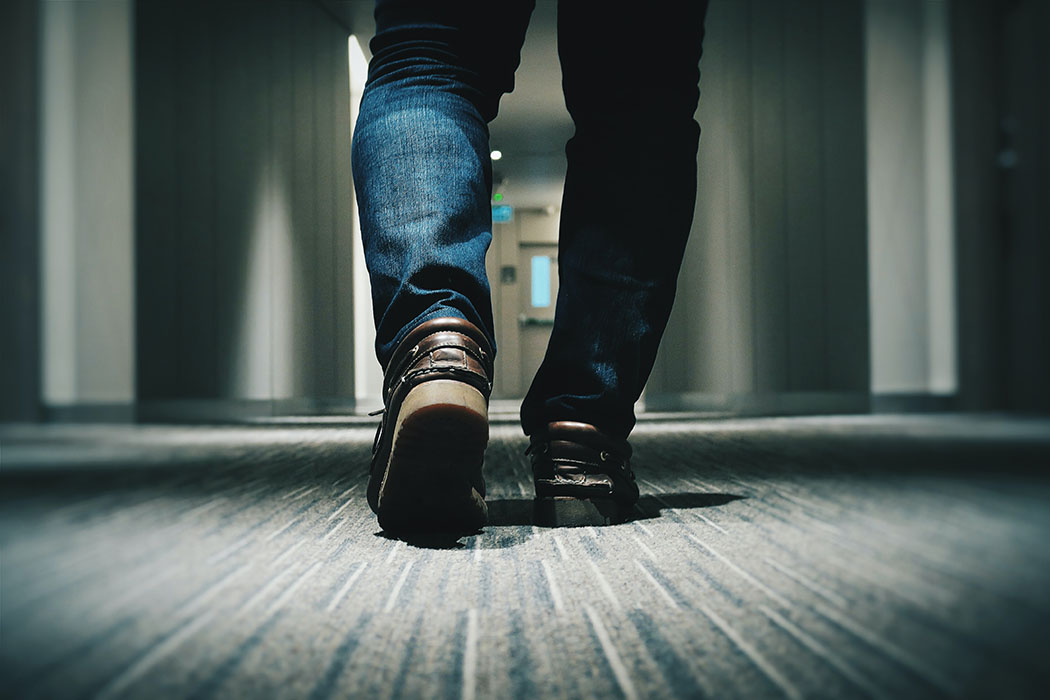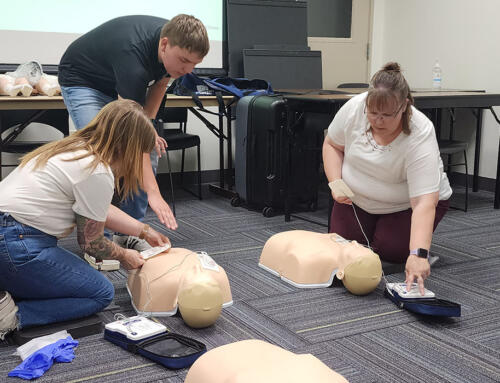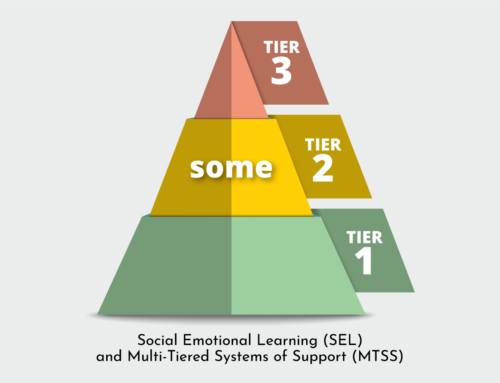Friction can be a bad thing, or it can be a good thing. Excessive friction generated when two surfaces rub against one another could create excessive heat, and that could lead to heat-related damage or even a fire. But when it comes to walking, friction is generally a good thing. Without friction, our feet would slip forwards, backwards, or even to the side as they contact the floor while walking, making it almost impossible to stay upright.
When we walk, the brains of most able-bodied people will automatically anticipate the amount of friction that will be present when the soles of their shoes make contact with various walking surfaces, based on previous experiences walking on similar surfaces. Then, our brains will subconsciously adjust the speed, distance, force, and angle of our gait to the type of surface present. For example, think of the differences in your steps when you walk on a carpet versus when you walk across a polished marble floor. So, when there is an unexpected change in the amount of friction between the soles of our shoes and the surface we are walking on, a slip can unexpectedly occur, and that could result in a twisted ankle, sprained knee, or even a harmful fall.
So, here are some simple things we can do at work, or home, to help prevent slips caused by unexpected friction changes:
- Take immediate action when you see any type of foreign material on the floor, especially liquids, food, dusts, or powders, as these could reduce friction when we step on them. Either clean up the material right away or take positive measures to warn others of their presence while you contact staff responsible for cleaning up such hazards.
- Always make it a point to wipe your feet on mats or rugs that have been placed near exterior doorways and other passageways to collect excessive moisture from the soles of shoes or boots as we walk from a wet environment to a dry environment.
- Pay attention to your surroundings – look where you are going when you walk and watch for slip and trip hazards.
- Walk, don’t run or rush – give yourself enough time to get to your destination.
- Do not engage in activities that distract your attention – do not read, write, or work while you are walking.
- Check that your pathway is clear – stay on established walkways as much as possible and avoid taking shortcuts.
- Consider the type of soles you have on shoes or boots when working in areas where there is reduced traction on the floor or walking surface. Many types of work shoes can be found that have non-slip soles.
- Report any loose rugs or mats that seem to move or slide as you walk across them, as their non-skid backing may have become worn or loose.
- Always use handrails every time you go up or down stairways, as they can help you maintain balance and avoid falling if you should happen to slip.
- Always make a conscious effort to pay special attention where floor surfaces transition from one type of material to another, as changes in friction often occur at these areas.





 ESD 112 equalizes educational opportunities for learning communities through innovative partnerships, responsive leadership, and exceptional programs.
ESD 112 equalizes educational opportunities for learning communities through innovative partnerships, responsive leadership, and exceptional programs.